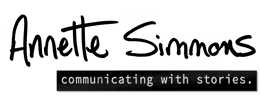
Ten Games People Play to Control Truth (5)
Information Manipulation Game Tweak the numbers and you tweak the decision. Edit video and you edit context. Control the narrative and you control what information seems relevant. Truth is the first casualty whenever we assume that everyone manipulates information so we have to as well….since “that’s how the game is played.” “Their response [when tweaking

